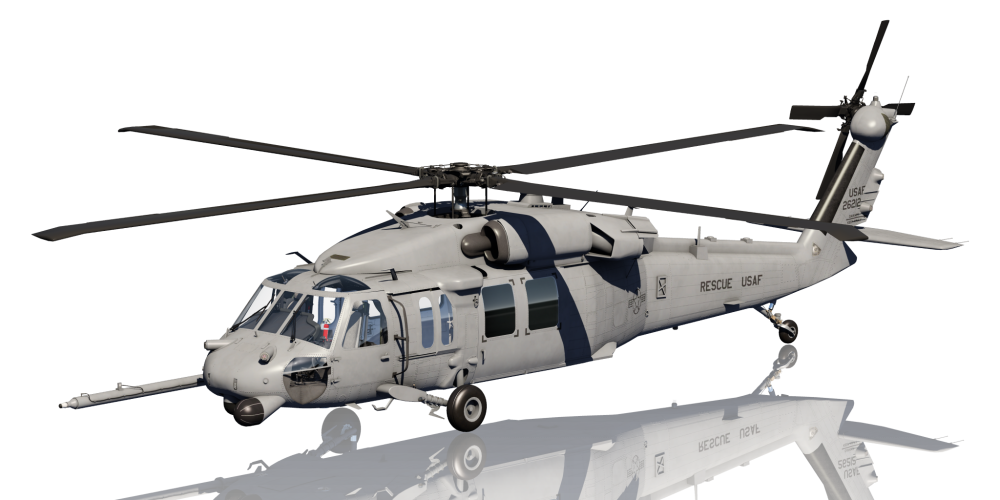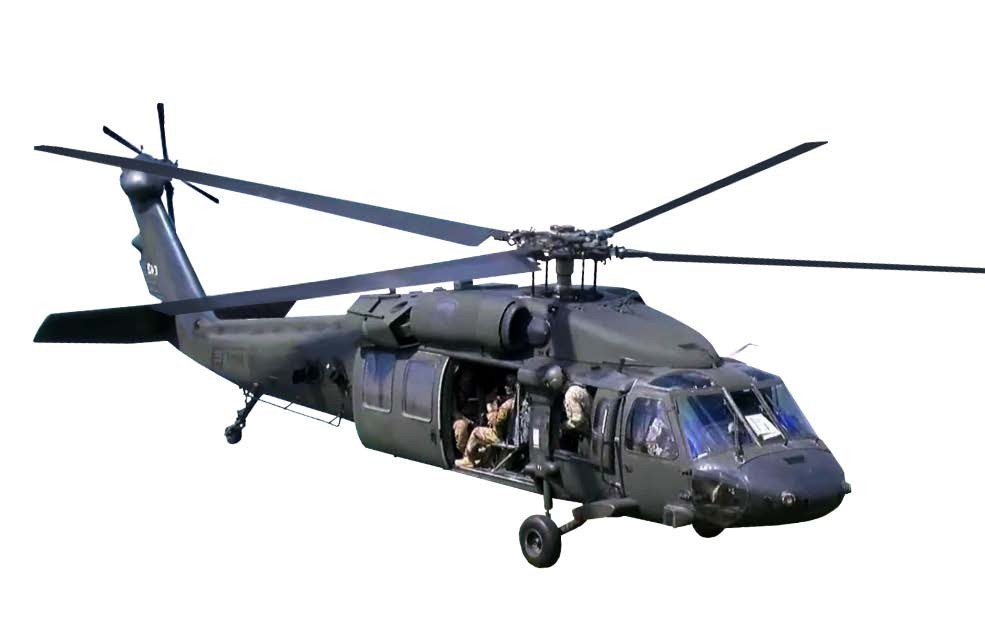What Makes the UH 60 Helicopter a Key Possession for Tactical Airlift Procedures
What Makes the UH 60 Helicopter a Key Possession for Tactical Airlift Procedures
Blog Article
UH-60: Advancements in Modern Helicopter Design
The UH-60 helicopter stands as a standard in modern air travel, showcasing substantial developments in layout and technology that cater to the progressing needs of military operations. As we explore the development and essential advancements of the UH-60, it becomes important to take into consideration just how these developments influence not just existing applications yet also the future landscape of helicopter design.

Development of the UH-60
The evolution of the UH-60 Black Hawk helicopter stands for a considerable milestone in aerospace design and armed forces aviation. Presented in the late 1970s, the UH-60 was developed by Sikorsky Aircraft to fulfill the United States Military's requirement for a versatile energy helicopter capable of performing a range of missions. Its layout highlighted rate, durability, and ability to move, establishing new criteria for operational efficiency.
The UH-60 includes a distinctive four-blade blades system, which boosts lift and stability, permitting it to operate successfully in varied environments. Its airframe is built from advanced composite materials, adding to a decrease in weight while maintaining architectural honesty. The helicopter's design likewise includes improved aerodynamics, which improves gas efficiency and enhances variety.
For many years, the Black Hawk has gone through several upgrades to boost its capabilities, including enhanced engines, progressed trip control systems, and modular systems for very easy maintenance and adaptability. The helicopter's capability to do goals ranging from troop transport to medical emptying has actually strengthened its duty as a backbone of U.S. military operations. The UH-60 Black Hawk stays an archetype of exactly how technology in helicopter layout can considerably impact armed forces efficiency and operational versatility.
Advanced Avionics Solutions
Improvements in avionics systems have actually changed the abilities of contemporary helicopters like the UH-60 Black Hawk, improving functional efficiency and situational understanding (UH 60). The combination of advanced avionics permits enhanced trip, navigating, and communication monitoring, making the UH-60 a lot more flexible in diverse mission accounts
Among the crucial functions is the sophisticated digital cabin, which uses multifunction display screens that supply real-time data, guaranteeing pilots have immediate accessibility to essential trip information. This streamlining of details decreases pilot workload and enhances decision-making procedures during complex procedures. Furthermore, the incorporation of general practitioner and inertial navigation systems enables accurate positioning and course planning, enhancing goal execution in tough atmospheres.
Furthermore, progressed avionics systems enhance communication capabilities through secure information links and voice interaction systems, allowing smooth sychronisation with ground pressures and other airplane. The combination of automated flight control systems better contributes to boosted stability and control, specifically in unfavorable weather or throughout low-altitude maneuvers.
Engine and Performance Enhancements
Engine efficiency in modern helicopters has taken a substantial leap onward, driven by developments that enhance effectiveness, integrity, and power. At the leading edge of these improvements is the adoption of more effective turboshaft engines, specifically those employing advanced materials and modern technologies that enable higher temperature resistances and raised thrust capabilities. The UH-60 Black Hawk, as an example, uses the T700-GE-701C engine, which includes a dual-channel, full-authority electronic engine control system. This system boosts performance while optimizing fuel usage and minimizing upkeep demands.
Additionally, the integration of engine health surveillance systems permits real-time diagnostics and anticipating upkeep, substantially enhancing operational reliability. These systems not only sharp teams to prospective problems before they come to be essential yet additionally assist in much more efficient maintenance organizing, consequently decreasing downtime.

Materials and Structural Innovations
Recent advancements in products and architectural layout have actually revolutionized modern helicopter construction, enhancing both performance and sturdiness. The introduction of sophisticated composite materials, such as carbon fiber strengthened polymers, has substantially minimized weight while preserving structural stability. This shift not only improves gas performance yet additionally boosts haul ability, allowing helicopters like the UH-60 to carry out more diverse objectives.
Furthermore, developments in aluminum alloys and titanium elements have actually added to improved resistance to deterioration and tiredness, prolonging the life expectancy of crucial airframe elements. The critical use these materials has actually resulted in a decrease in upkeep requirements and boosted general functional readiness.

Moreover, the assimilation of computer-aided design (CAD) and additive production technologies has actually made it possible for more light-weight structures and complicated geometries, maximizing the aerodynamic efficiency of helicopter layouts. These developments promote rapid prototyping and manufacturing, permitting producers to react promptly to developing objective demands.
Safety and Survivability Functions
Security and survivability functions in contemporary helicopter style have ended up being critical, showing the enhancing demands for goal effectiveness in challenging environments. The UH-60 Black Hawk, a notable instance, incorporates sophisticated innovations to improve crew and passenger defense.
The helicopter additionally utilizes a ballistic security system, that includes armored crew seats and essential systems securing, minimizing vulnerability to small arms fire and shrapnel. Boosted situational understanding is accomplished through innovative avionics and sensing unit innovations, allowing pilots to detect and stay clear of risks efficiently.
Moreover, the assimilation of redundancy in vital systems-- such as dual engines and numerous flight control channels-- makes certain continued procedure also if one system fails. The UH-60 is outfitted with sophisticated emergency flotation protection devices, boosting survivability in water landings. Jointly, these functions not only enhance the safety of employees however additionally boost mission success prices in hostile atmospheres, demonstrating the dedication to excellence in helicopter layout.
Conclusion
The UH-60 helicopter represents a considerable improvement in contemporary aviation innovation, including cutting-edge materials, sophisticated avionics, and robust security attributes. On the whole, the UH-60 offers as a benchmark for future developments in helicopter layout, embodying strength and versatility in modern military procedures.
The UH-60 helicopter great site stands as a benchmark in modern aviation, showcasing significant advancements in design and technology that provide to the advancing needs of army procedures. As we check go to this website out the development and essential innovations of the UH-60, it becomes important to consider how these growths affect not only current applications but additionally the future landscape of helicopter style.
Introduced in the late 1970s, the UH-60 was designed by Sikorsky Airplane to fulfill the United States Army's need for a versatile energy helicopter capable of performing a selection company website of objectives. The UH-60 Black Hawk stays a prime example of just how advancement in helicopter design can significantly influence armed forces effectiveness and functional versatility.
Overall, the UH-60 offers as a criteria for future developments in helicopter style, embodying strength and adaptability in contemporary armed forces operations.
Report this page